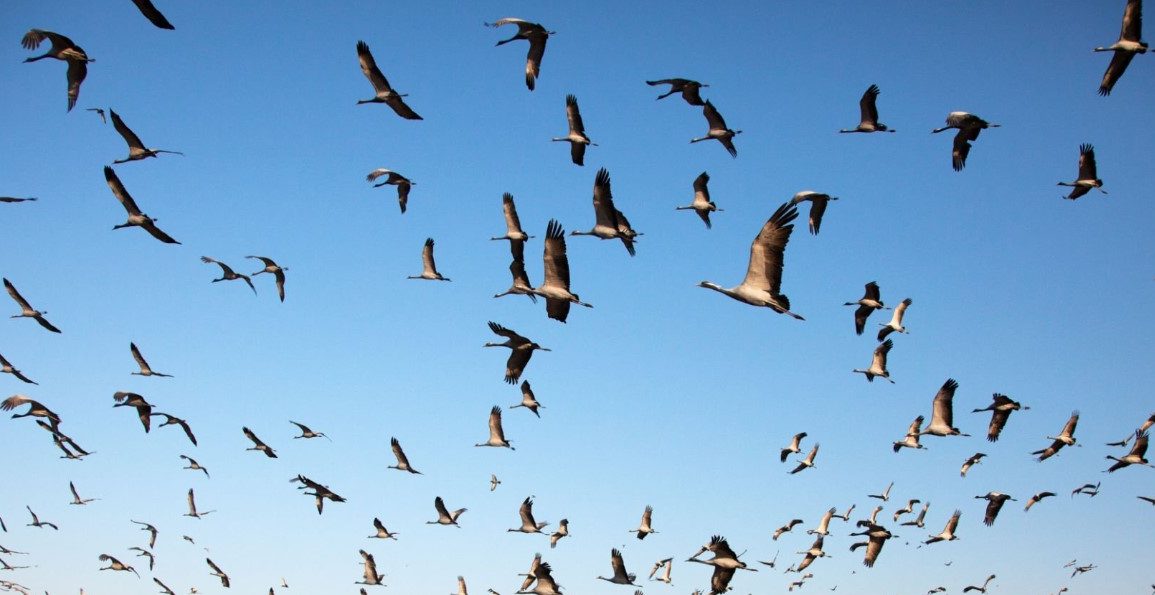For the first time, scientists have mapped the yearly migration patterns of birds along Australia’s east coast, utilizing weather radar technology typically reserved for tracking atmospheric conditions.
This groundbreaking research, published in Current Biology, highlights structured migration flows that could significantly impact conservation strategies, especially as the construction of wind farms expands.
Led by Shi Xu, a PhD candidate at the University of Queensland, the study analyzed years of radar data, revealing two distinct migration pulses.
The first occurs from January to June, with birds migrating north, followed by a southward movement from July to December.
During the autumn months, approximately 60,000 migrating birds per kilometer were observed annually between 2018 and 2022.
Xu explained that weather radar can effectively track airborne movement, quantifying it similarly to rainfall measurement.

By employing advanced mathematical models, the team distinguished bird movements from those of insects and bats, providing a clearer picture of migration dynamics.
Co-author Professor Richard Fuller emphasized the urgency of understanding these pathways in light of increasing wind farm development.
He noted that migratory birds connect regions, particularly between Queensland and Tasmania, underscoring the necessity for cohesive conservation efforts across these landscapes.
Unlike their northern hemisphere counterparts, many Australian birds also migrate during the day, a phenomenon the researchers noted may be unique to the region.
Sean Dooley from BirdLife Australia, who did not participate in the study, remarked on the variability of migration timing and direction, influenced by seasonal climate changes.
The research team aims to further enhance their findings by correlating radar data with observations logged by citizen scientists using birdwatching apps.
This initiative is poised to provide critical insights into the movements of endangered species such as the orange-bellied parrot and the critically endangered regent honeyeater, helping to inform future conservation efforts.

